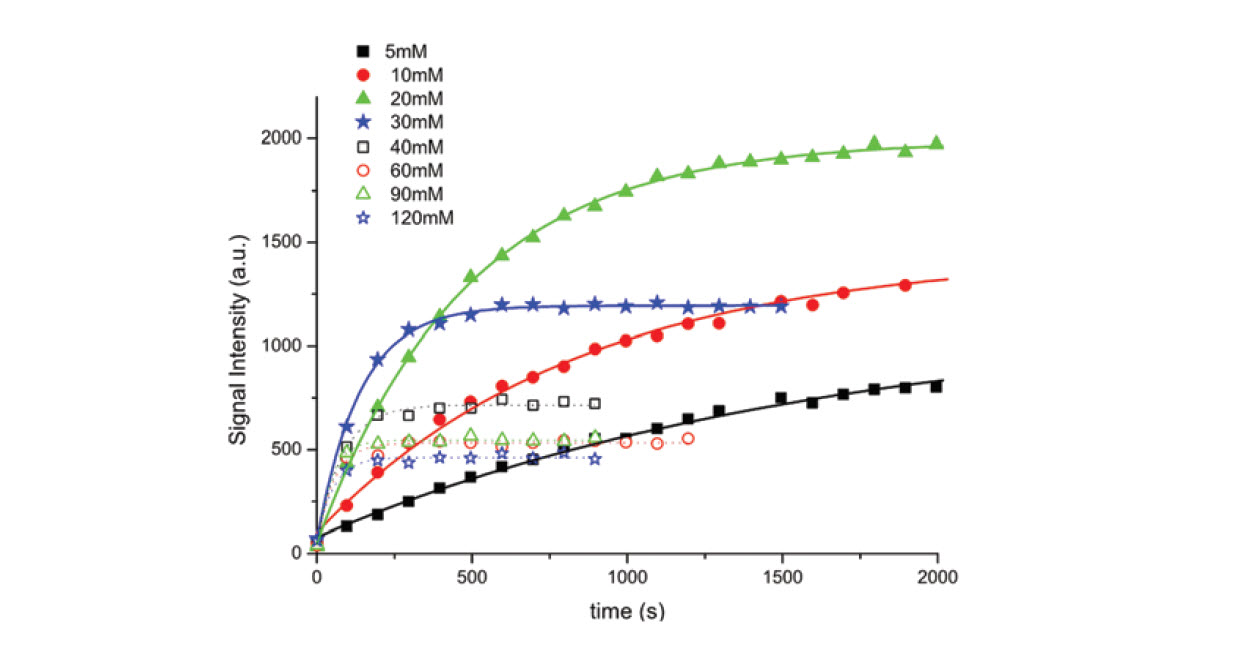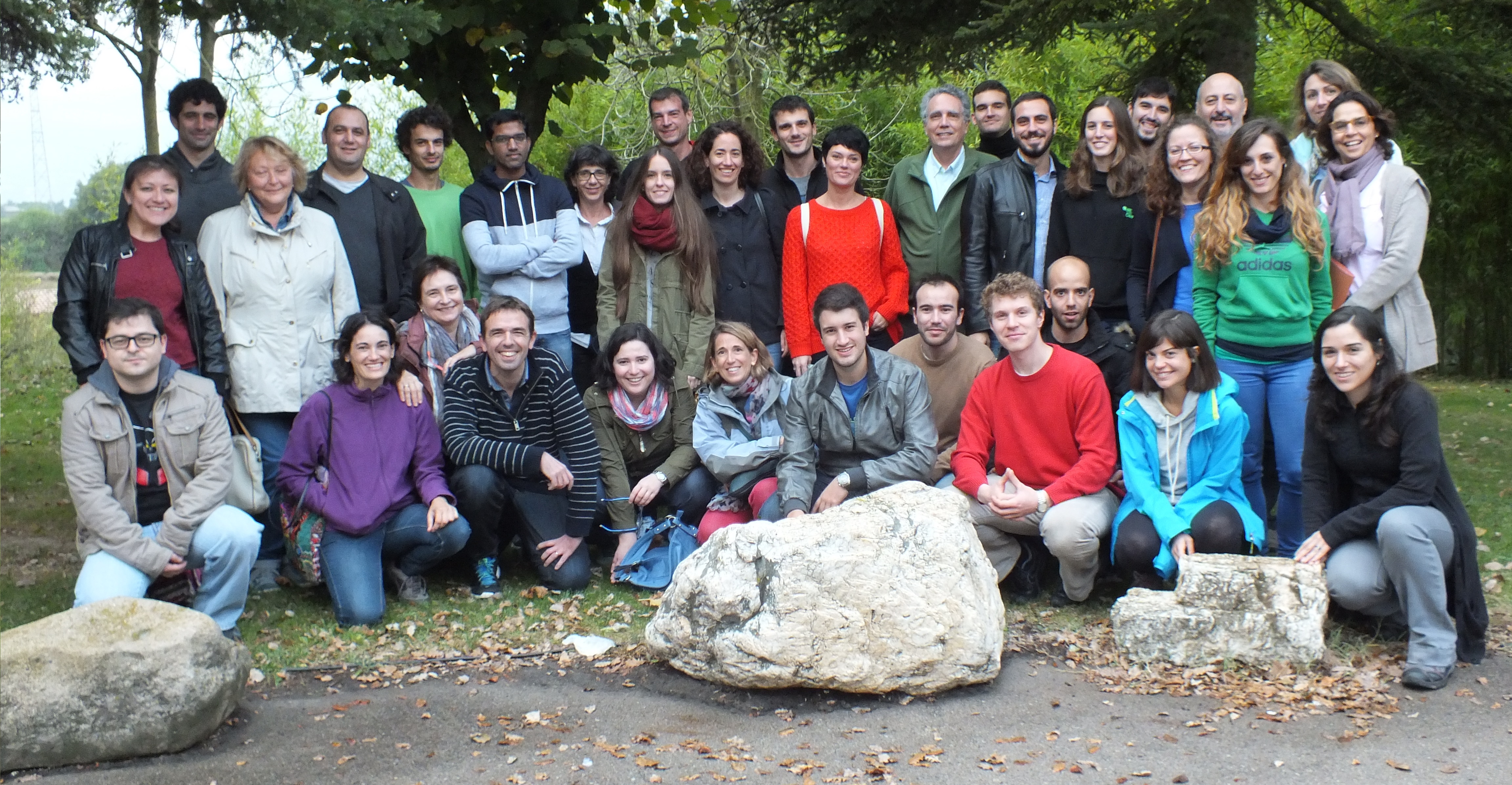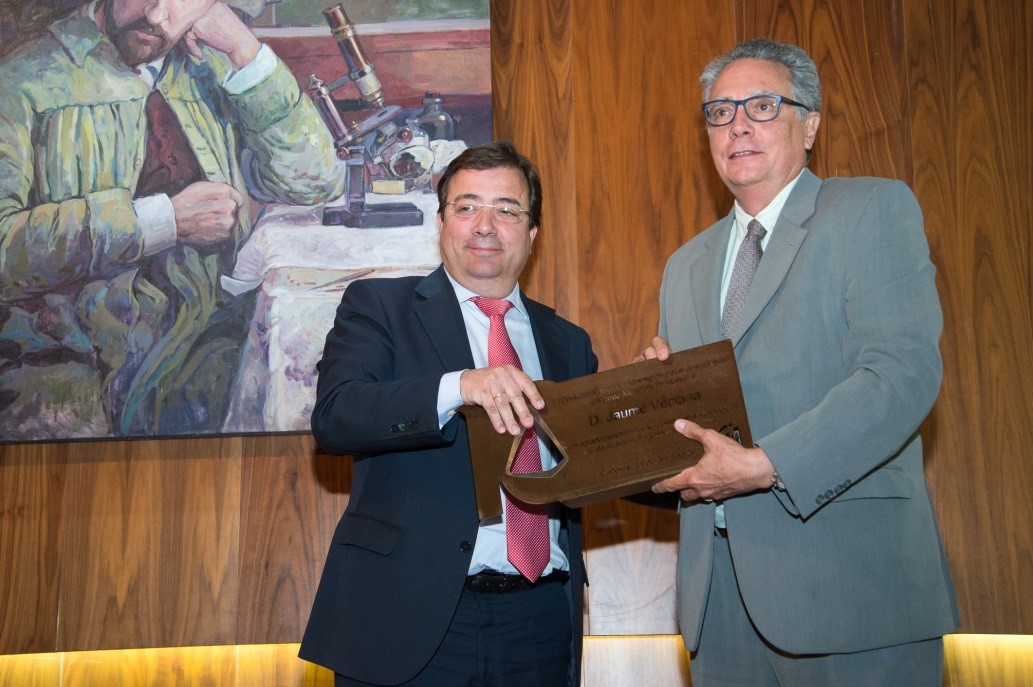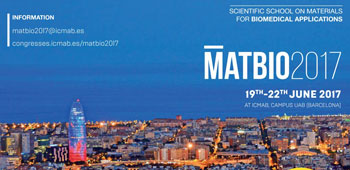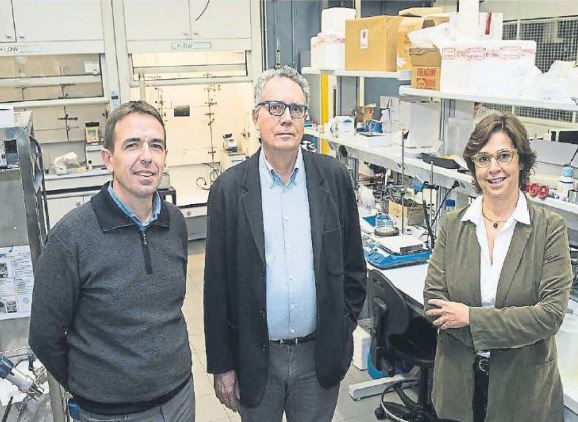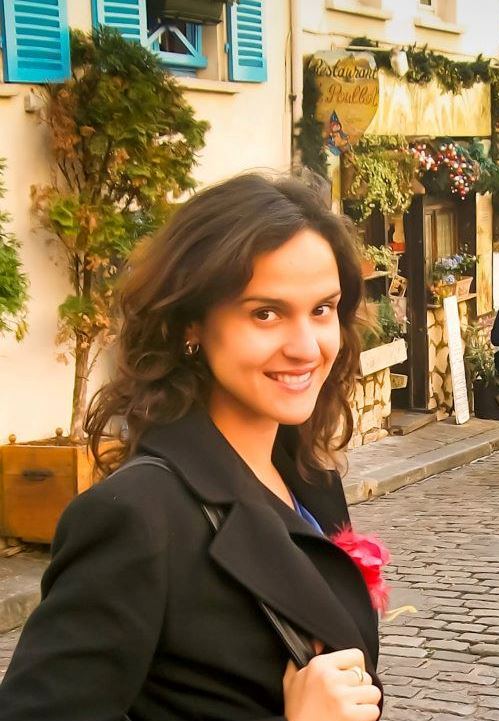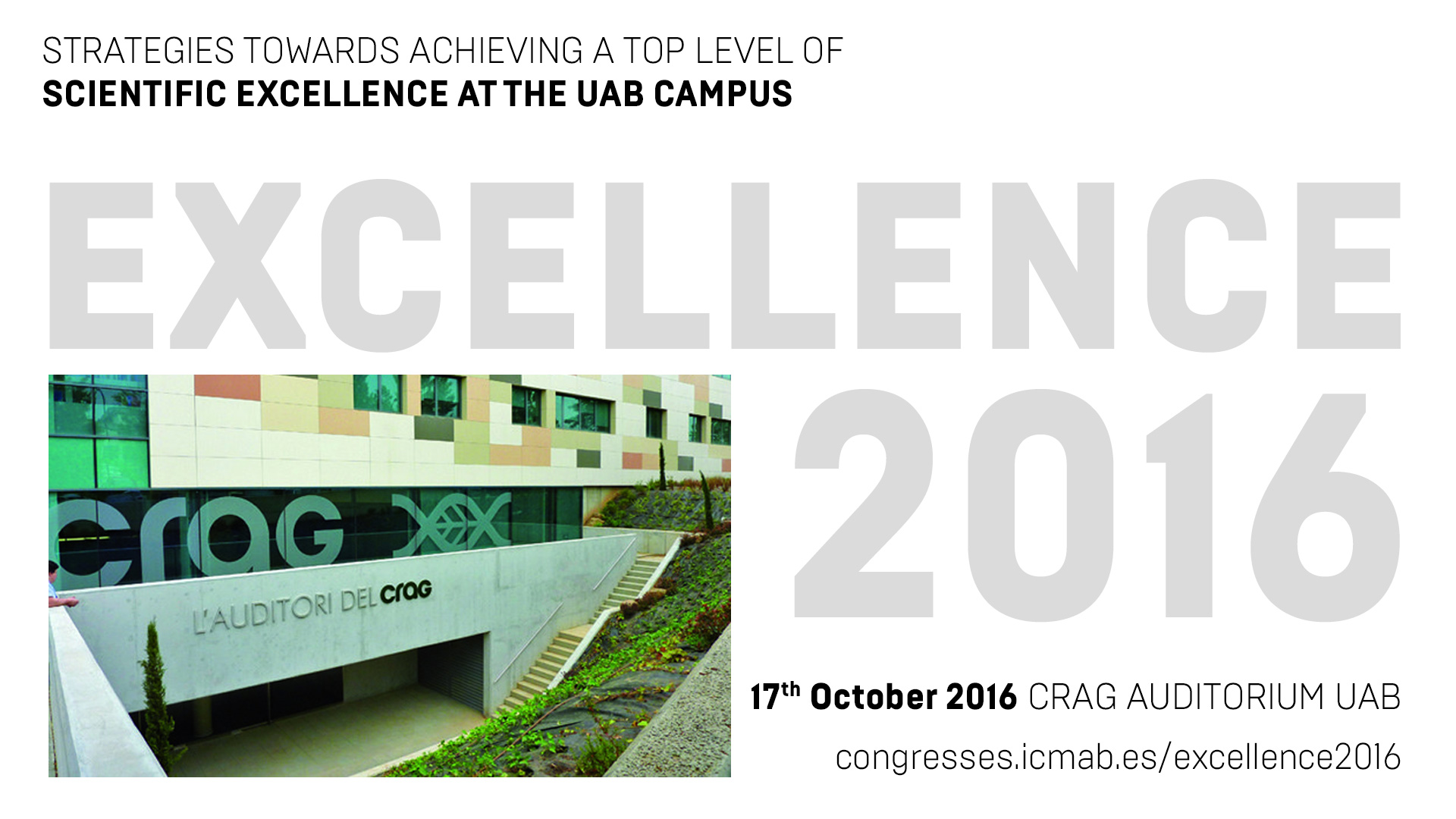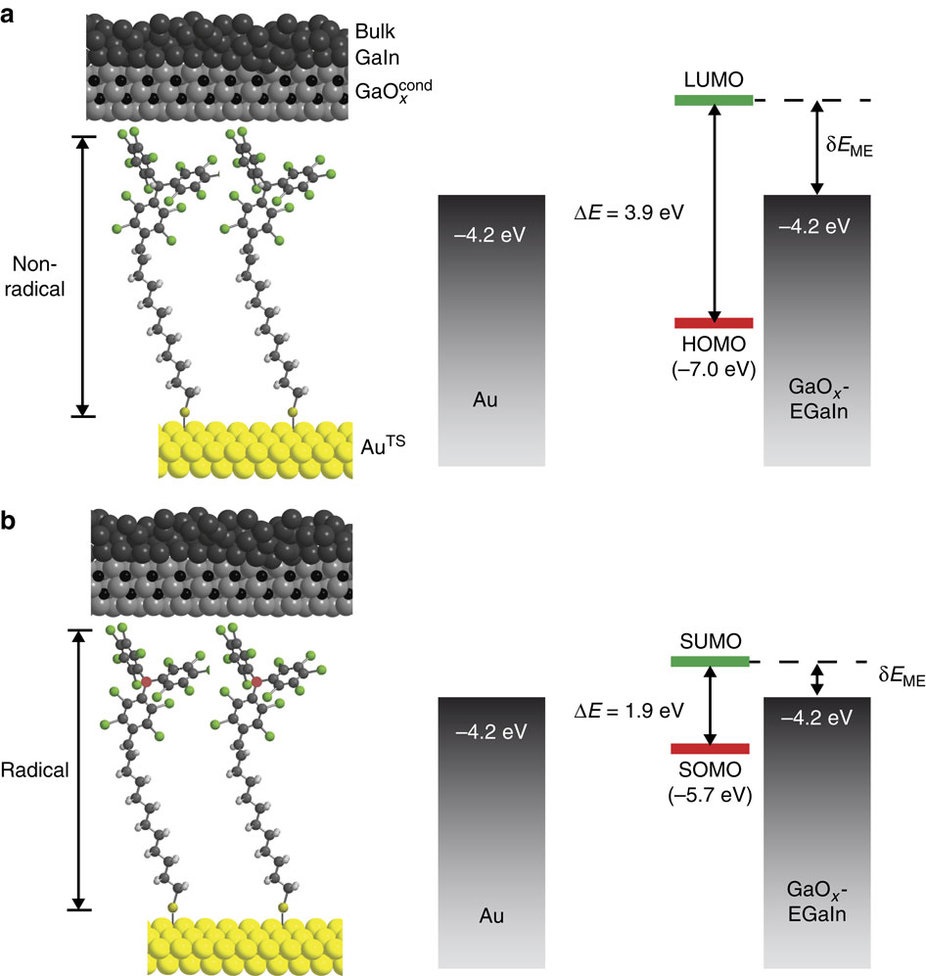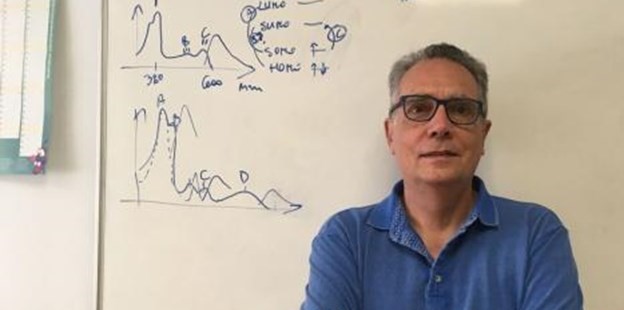NMR signal enhancement of >50 000 times in fast dissolution dynamic nuclear polarization
Jaume Veciana, Scientific Director of NANBIOSIS-ICTS has participated in the research results published in the journal Chemical Communication, wich reports the synthesis and the study of a novel mixed biradical with BDPA and TEMPO radical units that are covalently bound by an ester group (BDPAesterTEMPO) as a polarizing agent for fast dissolution DNP. The biradical exhibits an extremely high DNP NMR enhancement of >50000 times, which constitutes one of the largest signal enhancements observed so far, to the best of our knowledge.
Some of the researchs were made taking advantage of the characterization facilities provided by ICTS NANBIOSIS.
For more information:
